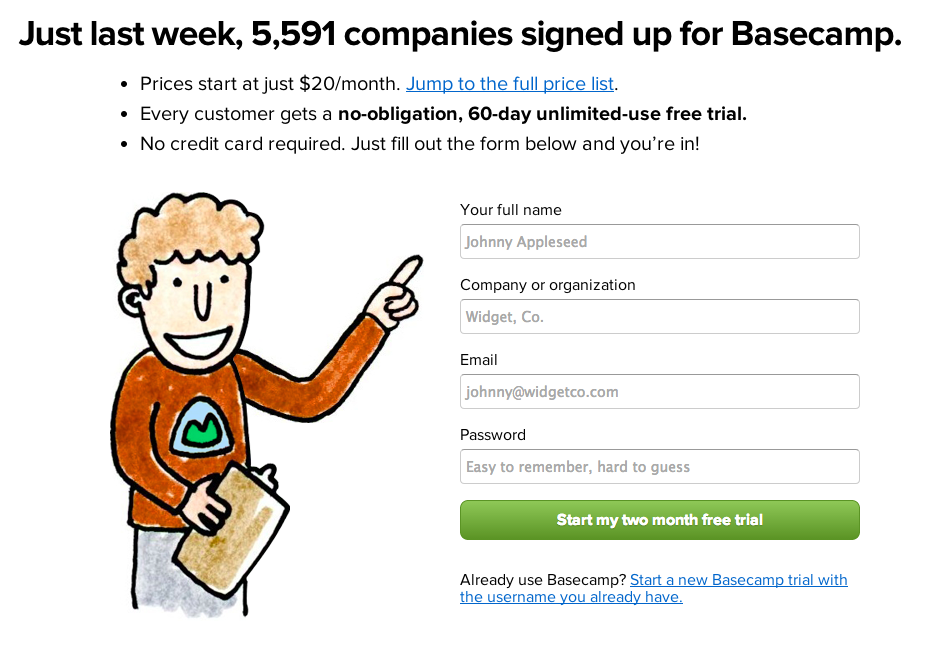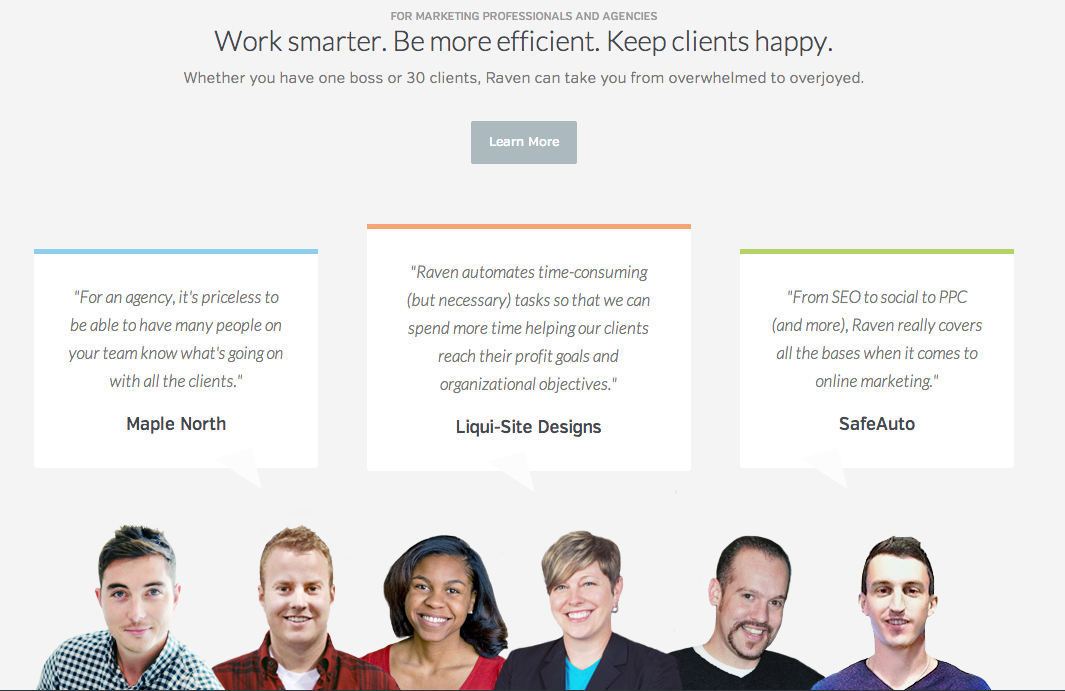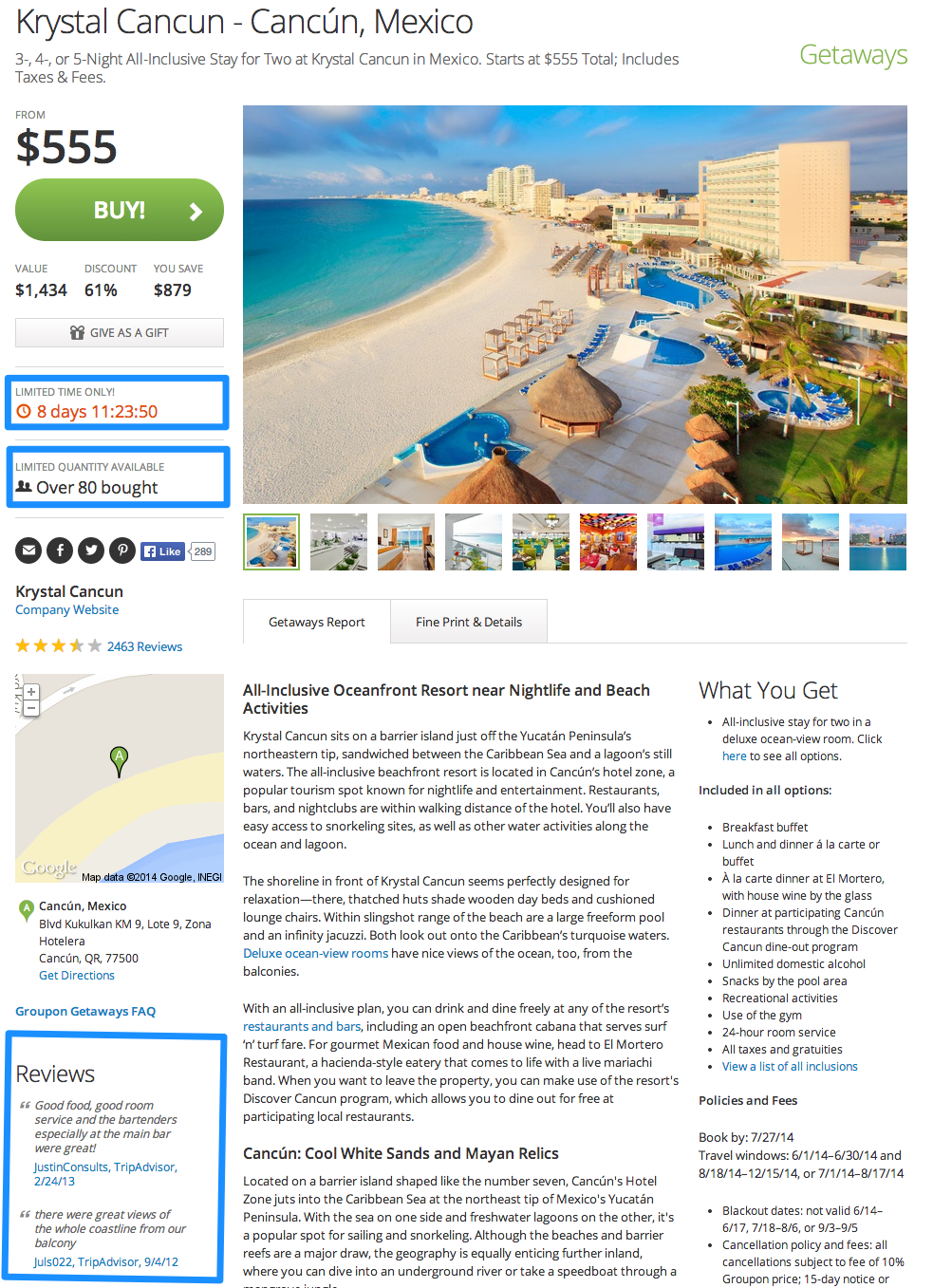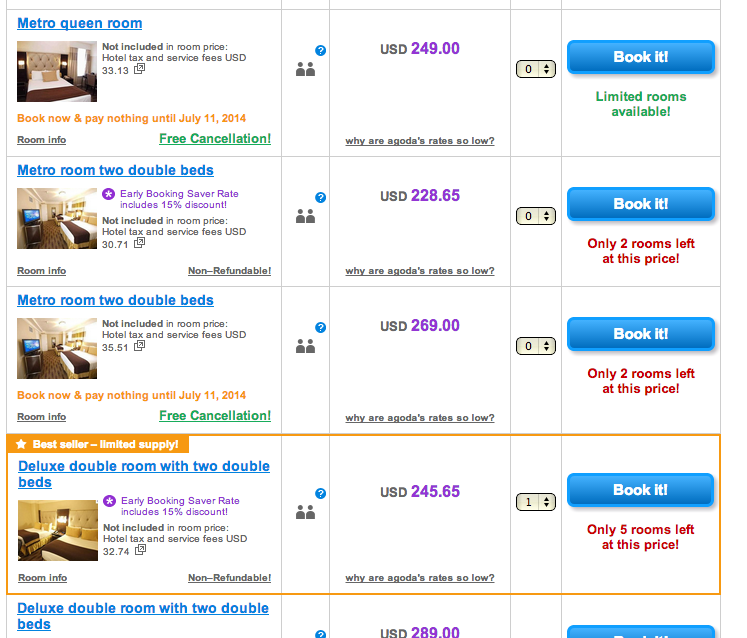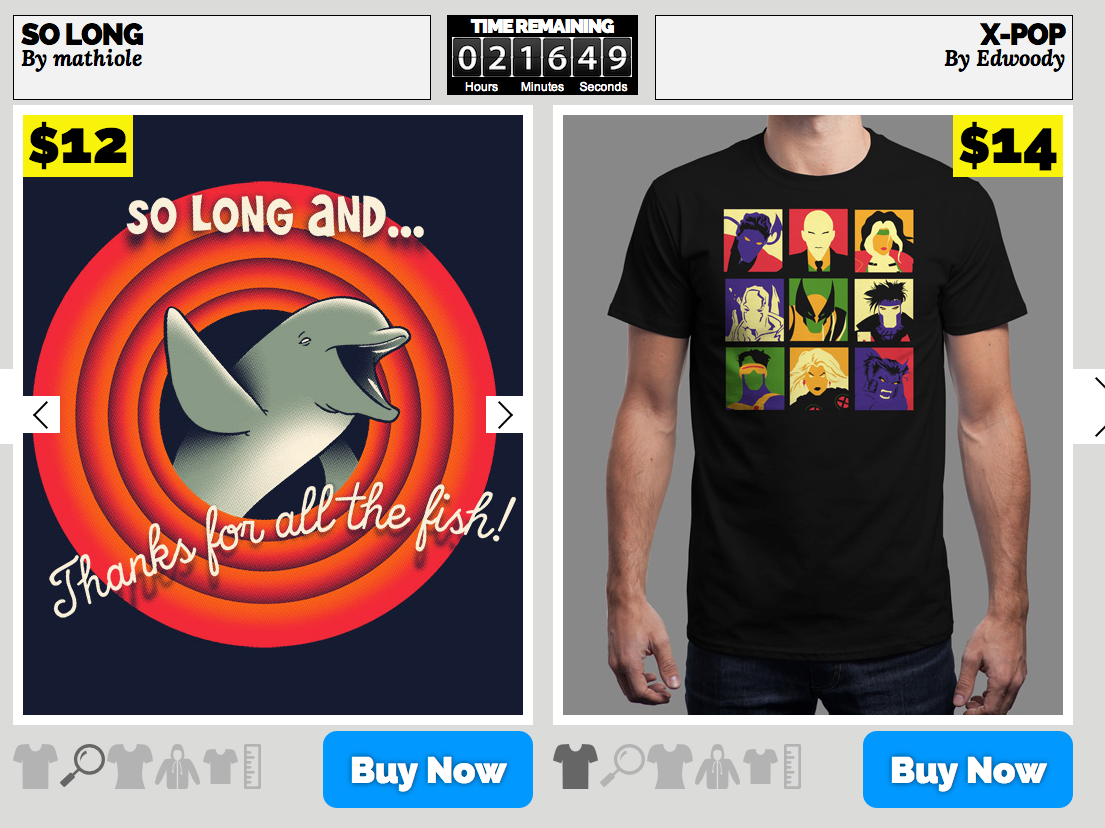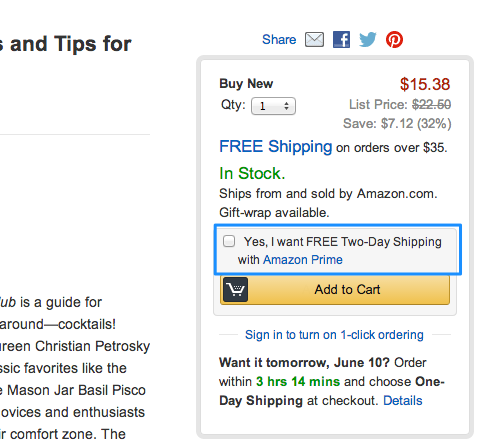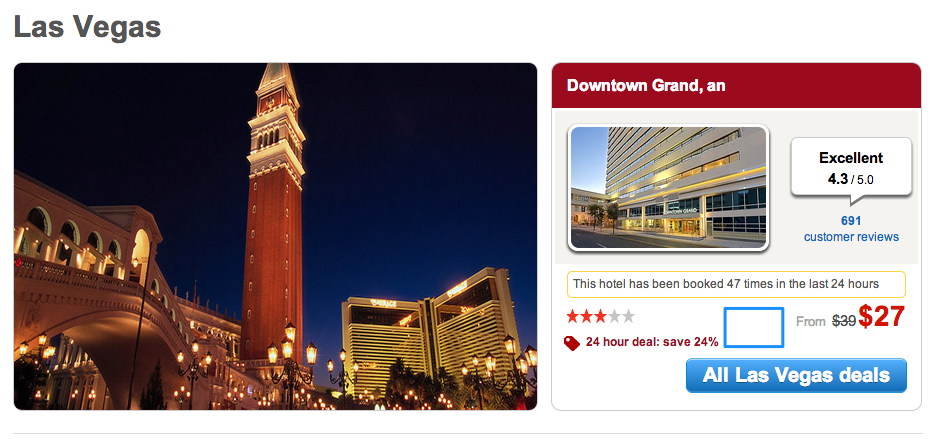Last week, the world welcomed another billion dollar company with Yahoo's acquisition of Tumblr. Tumblr was founded by a high-school dropout named David Karp in 2006. Using a combination of common sense and growth-hacking techniques, David Karp grew his site into millions of users with a hundred million blogs in 7 years.
As a developer of mobile apps, we are often asked by business owners how can they grow their apps like Tumblr? The answer is: Don't dream about being the next Tumblr, but instead, go for a more realistic goal, like DonorsChoose.org, which has raised over one million dollars using a seldom used feature of Facebook's API – the Open Graph, without much marketing.
I am very glad to read this post by Charles Best of DonorsChoose.org. A business that helps organizations raise funds for good causes takes advantage of Facebook's Open Graph to raise over $1 million dollars. What is there not to like about that?
Here is how Facebook's Open Graph works:
When developers create a web or mobile Facebook app, they can specify certain actions that are automatically posted to the user's Facebook timeline. Examples of verbs are : Run, Donate, Cook, Draw, etcetera.

When a user does certain actions inside the app, the app can publish the verbs at the timeline.

DonorsChoose.org used this clever Facebook feature to publish the verbs “donate”, “fund” at various points of the app.
Back in 2007 working only on weekends, I took advantage of Facebook's API to create quiz apps that reached 10 million monthly active users. In these days, the Facebook apps are a lot less viral than they used to be. But there are still tons of opportunities to use Facebook's ecosystem to grow your apps without much marketing spend. If I were a developer starting out today, I would think about a “pain point” that needs to be solved. I will then create a Facebook mobile app, integrate Facebook's Open Graph, and Facebook's Native Share Dialog.







